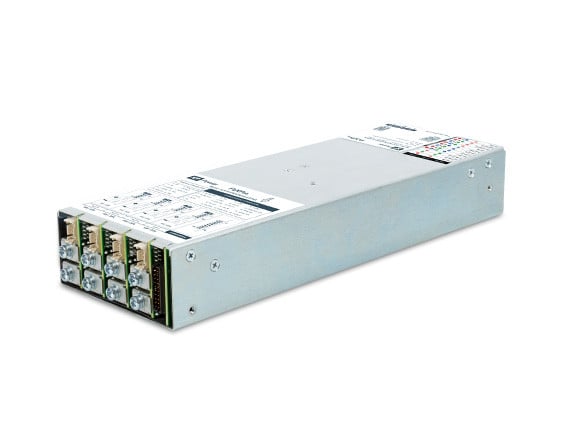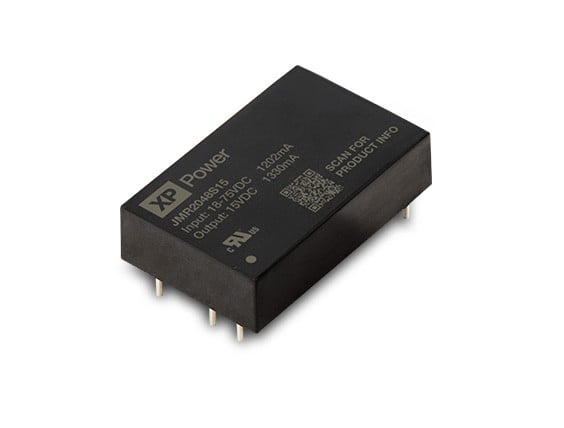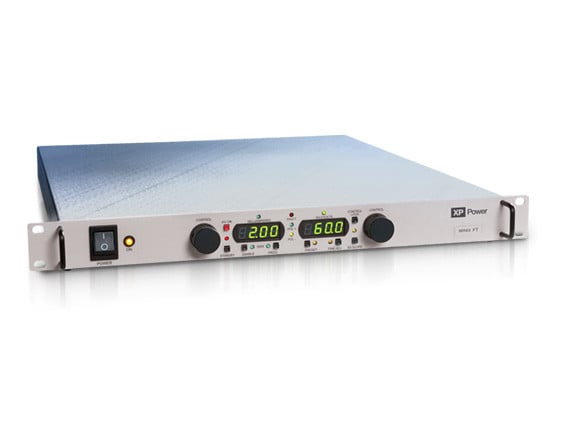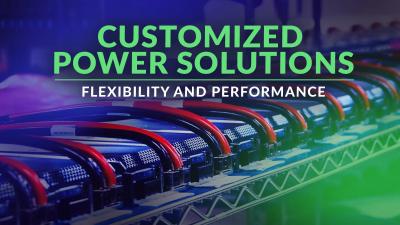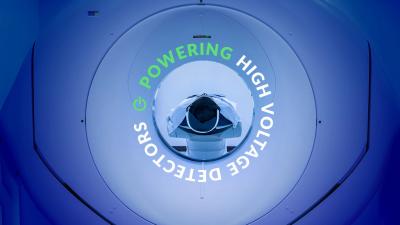
Digital power supplies use digital control methods to regulate voltage and current. Unlike traditional analog power supplies, which use analog circuitry, digital power supplies employ microcontrollers or digital signal processors (DSPs) to perform power conversion and regulation. This allows for more precise control and adaptability, as the parameters can be adjusted through software rather than hardware modifications.
Our industry leading range of digital power supplies delivers unmatched precision, efficiency and flexibility for modern electronic systems. With user-defined digital controls for optimized performance and seamless integration, these supplies offer scalable power from 1.5kW to 30kW and outputs from 24VDC to 200VDC. They’re the perfect high power digital solution for your power supply needs.
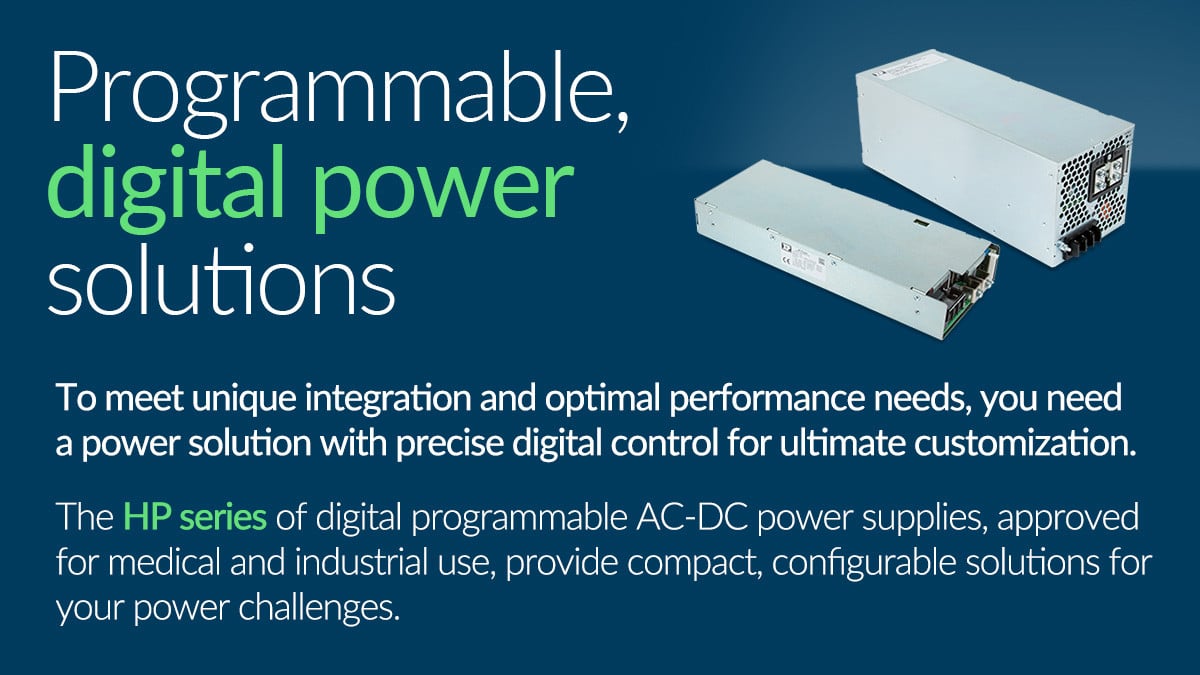
Find out more about the HP series of intelligent power solutions.
What are the benefits of digital power supplies?
Digital power supplies provide a range of key benefits that significantly enhance overall power supply performance. These advantages include precise user control, higher energy efficiency that reduces waste, exceptional flexibility to adapt to various applications, improved reliability to ensure consistent operation, and faster development times that accelerate the design process. As a result, digital power supplies are particularly well suited for the demands of modern electronic systems, where performance and adaptability are crucial.
- Precision and flexibility: Digital power supplies provide highly accurate control over output voltage and current. Parameters can be adjusted dynamically, allowing for real-time optimization and customization to specific needs.
- Efficiency: Enhanced control algorithms and adaptive techniques lead to improved efficiency, reducing energy loss and heat generation.
- Communication and monitoring: Digital power supplies often come with communication interfaces such as I2C, SPI, or PMBus, allowing for remote monitoring and control. This facilitates real time diagnostics and data logging, contributing to better system management and maintenance.
- Programmability: They can be programmed to handle multiple output profiles and conditions, providing greater versatility for various applications.
- Integration and miniaturization: The integration of control functions into a single chip reduces component count and PCB space, leading to more compact designs.
What are the main differences between digital and analog power supplies?
The benefits of digital power supplies compared to their analog counterparts lie primarily in their advanced use of digital control and enhanced communication capabilities. While traditional analog power supplies depend on fixed hardware components for their control mechanisms, digital power supplies take advantage of sophisticated software-driven algorithms that can be easily modified. This fundamental difference in design and operation leads to several significant advantages, including:
- Adaptive control: Digital power supplies can adapt to changing load conditions dynamically, providing optimized performance.
- Software updates: Firmware updates can enhance functionality or correct issues without the need for hardware changes.
- Enhanced monitoring: Real time data collection and communication capabilities allow for proactive management and fault detection.
How to choose the correct digital power supply for your application
When selecting a digital power supply for your critical application, there are numerous factors to consider in order to ensure that it effectively fulfils all requirements and meets your specific needs. Keeping these considerations in mind will help you make a more informed choice. The following points serve as a solid starting point for your evaluation process:
- Load requirements: Determine the voltage and current requirements of your load. Ensure the power supply can meet these specifications with some margin for safety.
- Efficiency: Evaluate the efficiency of the power supply, especially if energy consumption is a critical factor.
- Programmability: Determine if your application requires the advanced features provided by programmability, such as constant current, constant voltage, fault detection and response
- Communication needs: Consider whether you need remote monitoring and control. Check for compatible communication interfaces and user-friendly GUI.
- Environment: Assess the operating environment, including temperature ranges and potential exposure to harsh conditions. Ensure the power supply is rated appropriately.
- Regulation and stability: Look for power supplies with low output ripple and noise, as well as strong regulation and transient response characteristics.
- Size and integration: For space-constrained applications, prioritize compact designs and integrated features.
- Cost: Balance the features and benefits against the budget. While digital power supplies can be more expensive upfront, their long-term benefits in efficiency and adaptability can offset the initial cost.
Summary
Digital power supplies represent a significant advancement over traditional analog designs, offering precision, flexibility, and enhanced control through digital technology. Their benefits include improved efficiency, real-time monitoring, programmability, and the potential for more compact designs.
When choosing a digital power supply, consider load requirements, efficiency, communication needs, environmental conditions, regulation, and cost. Overall, the transition to digital power supplies can lead to more efficient, reliable, and adaptable power management solutions in various applications.
Discover our range of digital, programmable power solutions.
